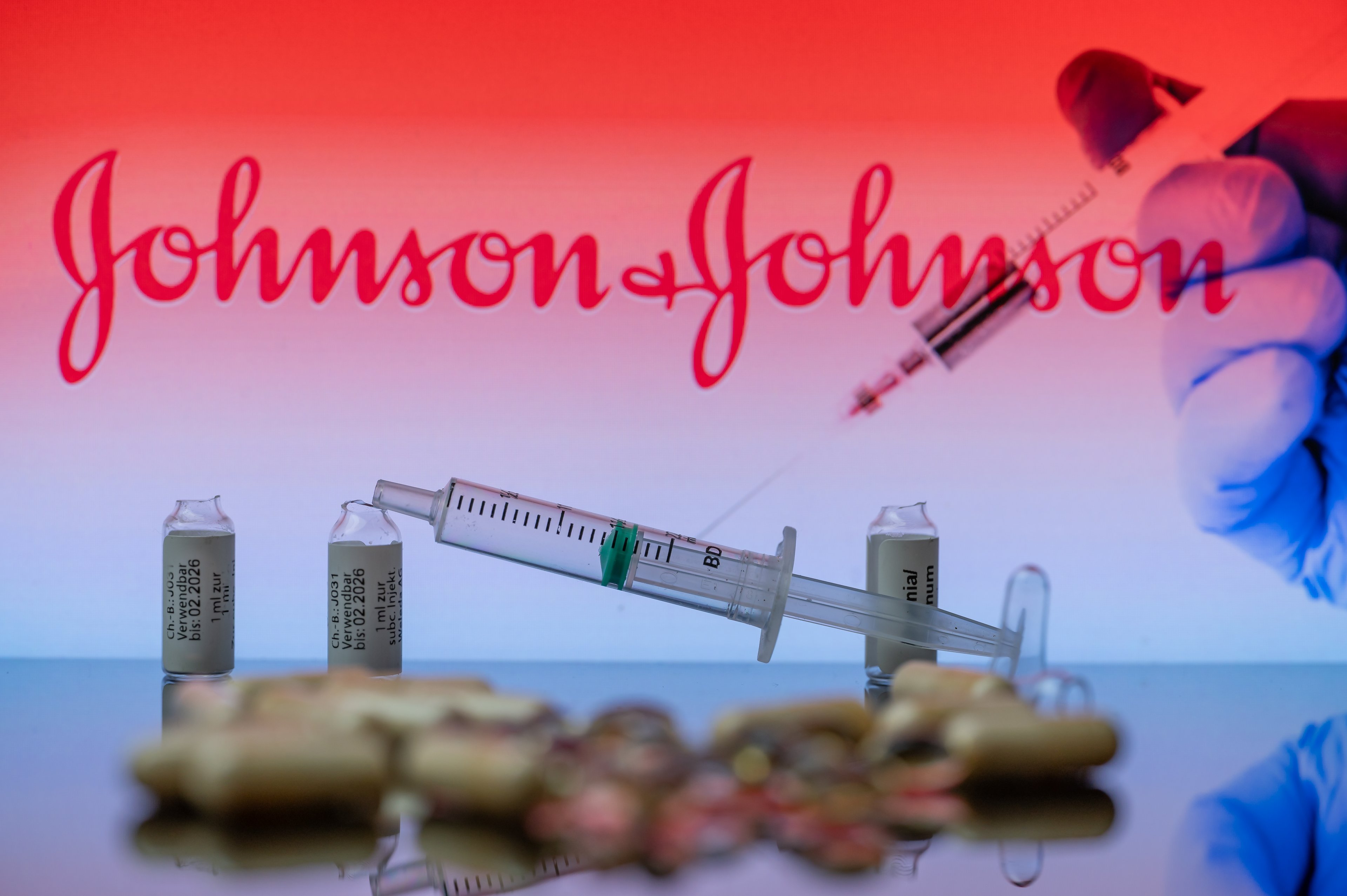On March 11, the Dow Jones slid by over 1,400 points -- or about 5.8% of its value at the time -- and fell 20% from its most recent high, thus officially entering bear market territory. The culprit? The COVID-19 pandemic that continues to spread worldwide. According to Johns Hopkins University, as of March 17, there are more than 189,000 confirmed cases of the rapidly spreading disease and over 7,500 deaths, across more than 155 countries.
In the U.S., several states are taking drastic measures -- such as closing public schools and banning large gatherings -- to mitigate the spread of COVID-19 and 'flatten the curve'. While this pandemic will likely keep affecting the stock market, some stocks seem to be handling the market crash much better than others. One such resilient stock is the pharma giant Johnson & Johnson (JNJ 0.33%).

Image source: Getty Images.
Why Johnson & Johnson is performing better than others
While shares of Johnson & Johnson are down by 6.9% (at writing) year to date, that actually compares favorably to the performance of the S&P 500, which is down by 22.6% over the same period. Why is Johnson & Johnson not falling as hard as many other companies?

Image Source: YCharts
There are at least two major reasons. First, Johnson & Johnson's largest segment by revenue is its pharmaceutical segment. During its fiscal year 2019, sales of its pharmaceutical products accounted for 51.4% of Johnson & Johnson's total sales. Since people don't choose when they get sick -- or for that matter, when they will need to take drugs -- the demand for Johnson & Johnson's pharmaceutical products will remain largely unaffected by the chaos surrounding the COVID-19 pandemic.
As a result, investors are likely more reluctant to sell off shares of the pharmaceutical giant. It's also worth noting that Johnson & Johnson's consumer segment -- which sells over-the-counter (OTC) medical products -- seems to be benefiting from the situation surrounding COVID-19. The company recently said the demand for some of its consumer products increased as a result of the rapidly spreading disease. Johnson & Johnson also vowed to take the necessary measures to ensure the availability of these products. It's increasing its production of Tylenol to keep up with demand, for instance.
Second, Johnson & Johnson's stream of revenue is diversified. While the company makes the bulk of its revenue from its pharmaceutical segment, it offers products across many different fields in the pharmaceutical industry, including oncology, neuroscience, and immunology.
Johnson & Johnson boasts more than a dozen products in its late-stage pipeline. Its rich lineup and pipeline allow the company to offset declining sales of some of its key products. For instance, during the fourth quarter, Johnson & Johnson's Remicade, which is a treatment for rheumatoid arthritis, recorded about $1 billion in sales, down from $1.2 billion compared to the prior-year quarter.
Cancer drug Zytiga -- which has been facing competition from biosimilars -- also recorded $677 million in sales, down from $786 million compared to the year-ago period. However, Johnson & Johnson had several products with growing sales, including sales of cancer drugs Darzalex and Imbruvica. For the fourth quarter, Darzalex reported $830 million in sales, up 42.1% year over year, while Imbruvica recorded sales of $875 million, up 24.5% year over year.
Johnson & Johnson's other segments, consumer and medical devices, further diversify its revenue base, thus ensuring that even if one of its segments is struggling, the other two can pick up the slack. In other words, the company's top and bottom lines will probably remain more or less unaffected by the current situation.
Risk factors
While Johnson & Johnson looks like it's handling the market correction better than most, before buying shares of the company, it is important to consider potential headwinds that could hinder its prospects.
First, there's competition, which Johnson & Johnson faces across the range of its products and services. In particular, many of the company's key pharmaceutical products face stiff competition. For instance, Darzalex was recently approved for the treatment of multiple myeloma (a type of bone marrow cancer) in patients who aren't eligible for a transplant. Other drugs -- such as Bristol Myers Squibb's (BMY 2.40%) Revlimid -- also treat multiple myeloma. During the fourth quarter, Revlimid racked up $1.3 billion in sales.
Furthermore, Johnson & Johnson's blockbuster drug Stelara -- which treats several immune system conditions such as plaque psoriasis and Crohn's disease -- has to contend with products such as AbbVie's (ABBV 0.31%) Humira. And although Humira faces competition from biosimilars in Europe, the blockbuster drug still generated $5.2 billion in sales during the fourth quarter.
Second, Johnson & Johnson currently faces thousands of lawsuits. For instance, in October 2019, the company reached a $20 million settlement with two Ohio counties -- Cuyahoga and Summit -- that allowed Johnson & Johnson to avoid a federal trial for its alleged role in the opioid crisis. The settlement was not an admission of guilt on the company's part.
There are many more product liability lawsuits Johnson & Johnson has to deal with, but the behemoth pharma company does not expect these lawsuits to make a "material adverse effect on the Company's financial position."
Should you buy?
Investors cannot ignore Johnson & Johnson's risk factors. However, due to the nature of the company's operations, its revenue and earnings are unlikely to be significantly affected by market downturns.
What's more, Johnson & Johnson's strong pipeline will likely allow the company to remain competitive within the pharmaceutical industry, which is its largest segment by revenue. This makes Johnson & Johnson an interesting stock to consider buying, especially given the current market conditions.








